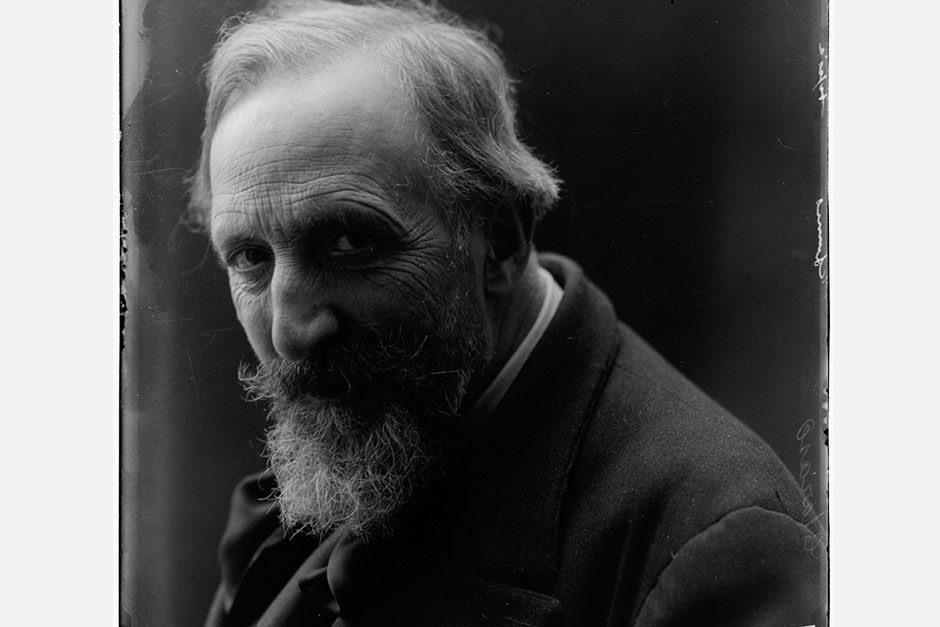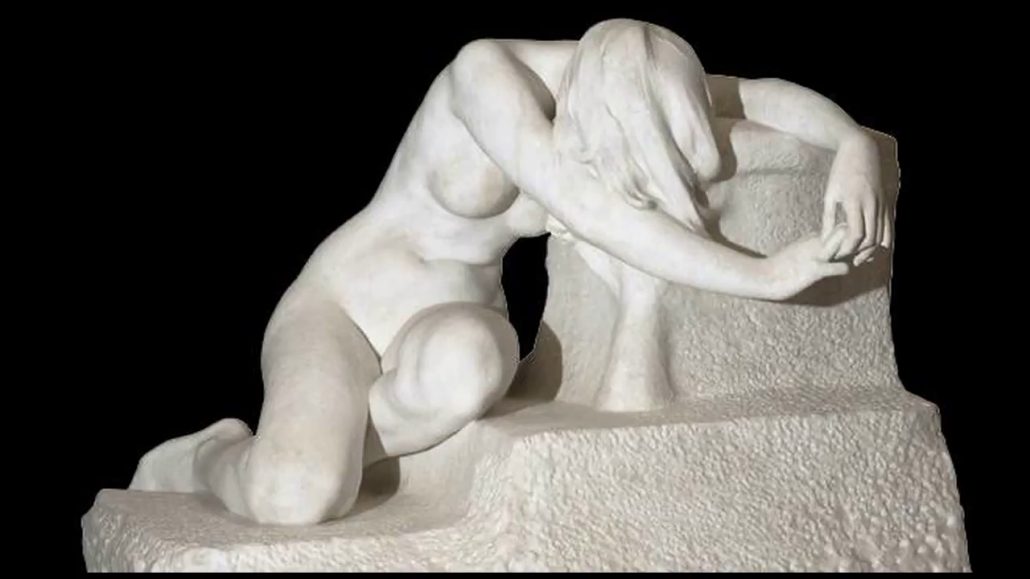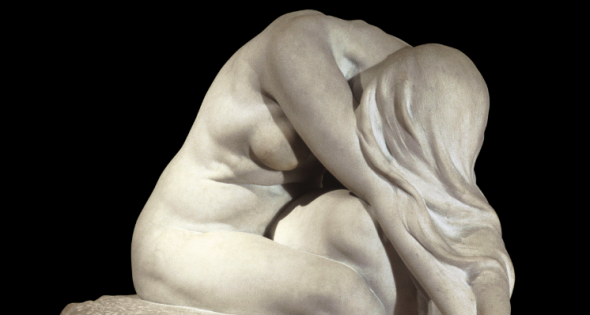The splendor of modernist sculpture

Peninsular sculpture began to be slowly renewed from the end of the 19th century. Starting from precedents ascribed to realism, a first horizon of modernization emerged at the beginning of the 20th century in Catalonia, where a renewed and groundbreaking artistic spirit was born from the hand of Modernism. The moment of expansion of the country and the urban growth of Barcelona in particular, brought with it multitude of architectural projects through which a new image of the city was forged.
In this new scenario, the sculptor a will occupy a prominent role closely linked, at first, to an architecture whose buildings will be essentially covered with sculptural elements that profusely decorated the facades. Likewise, the sculptural practice was often conceived to occupy public or outdoor locations, thus becoming a public manifestation of new intellectual precepts and ideals. In the artistic field, irruption of Modernism It supposed, without a doubt, a brilliant liberation of the forms that, in contrast to the cold academicism, moved away from the mere copy of reality to explore its most suggestive vocation.
As an example of the rise of Catalan modernist sculpture at the beginning of the century, Setdart presents next day 29 a magnificent piece in marble (35185597) whose formal and aesthetic characteristics define the sculptural production that flourished in Catalonia at that time. This moment of splendor finds its high point in the hands of great figures such as Josep Llimona , Miquel Blay, Enric Clarasó and Eusebi Arnau. Despite having an artistic personality of their own, each and every one of them was inevitably influenced by Auguste Rodin , whose symbolism transcends the anecdote to awaken feelings and suggest the idea of an inner world. Consequently, the strict naturalism reflected in his early works led to a symbolist aspect of Modernism especially palpable in those sculptures, which, as in the case at hand, has the female figure as the absolute protagonist.
The extraordinary workmanship of the piece that we present allows it to be related to the sculptural production of Josep Llimona and Enric Clarasó, and more specifically to two of the paradigmatic examples of the movement, such as the “Desconsol” and “Eve” . In all three cases, the nude female figure adopts a similar position that, with great expressiveness, bends over itself in an attitude of abandonment that clearly indicates an introspective and hidden state under the softness of forms wrapped in an aura of delicate sensuality and mystery. The absolute technical mastery shines through in every detail of a female anatomy represented with extraordinary precision, which, however, despite its naturalism, does not lose an iota of the symbolist stamp that characterized them thanks to the evanescent and soft modeling of the marble.
Thanks to works such as the ones we have mentioned here, the paradigm shift that modern sculpture brought with it becomes evident, seeking to transcend literalism to transform reality into a symbol. The tangible body will metaphorically manifest ideas that go beyond the apparent, to delve into intangible aspects such as feelings, spiritual values or moods.








